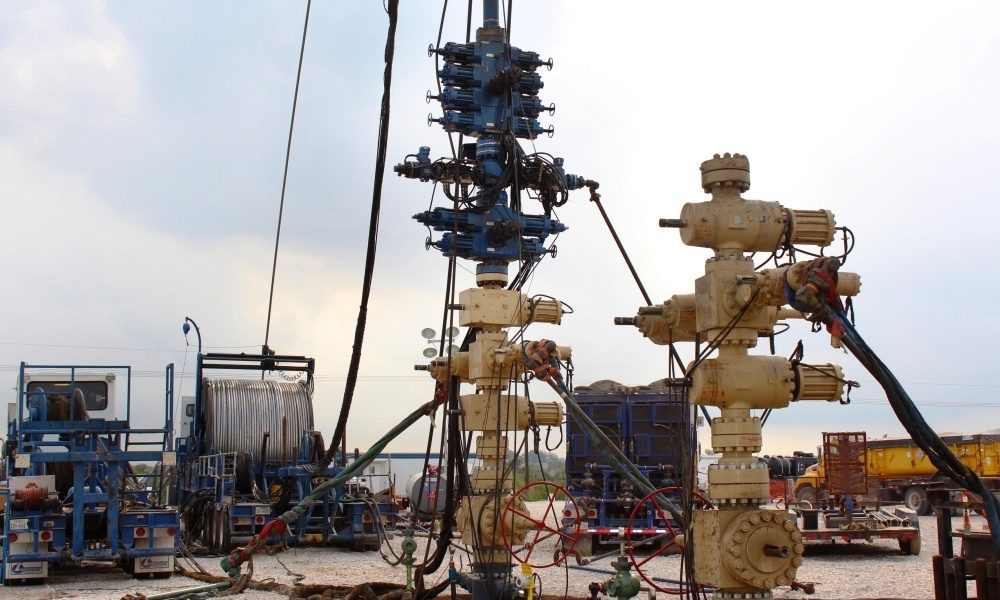Well Integrity - an overview
Well Integrity is concerned with constructing a well with a system of physical barriers to prevent the unplanned movement a fluids within a well and preventing unplanned release into the environment. In the subsurface part of a well the intent is to prevent unplanned flow between formations and especially the flow of hydrocarbons into water bearing zones. At the surface (land, seabed or platform), containment of the well bore fluids is normally achieved with valves and manifolds, typically comprising a wellhead and xtree.

Depending on the well type, it is typical practice to have 2 physical barriers such that if one barrier, or a part of it (known as a Barrier Element), should fail the second barrier will still contain the fluids. The first physical barrier that fluids from the pressure source encounter is known as the Primary Barrier and the next barrier fluids encounter, if there is a failure in the Primary Barrier, is referred to as the Secondary Barrier. Therefore, the Secondary Barrier tends to contain the Primary Barrier with in it.
The number of barriers between subterranean formations is usually governed by local regulatory requirements and the operating parameters for the well, for example comingling of produced fluids or independent flow paths.
The same general philosophy is often applied to all well types be they; producing; injecting; disposal; active; suspended; or abandoned.
In some complex wells it is necessary to determine how to construct a system of physical barriers to contain fluids from a number of different sources of pressure be they from different zones or from injected fluids, such as gas lift.
Well Barriers
Well Barriers are designed and constructed with a number of elements selected to meet the required performance criteria. These elements are often the casing, cementing, completion components, wellhead and XTree. For a Barrier to be considered effective it, and its elements, need to be tested and verified both upon installation and at intervals during the well’s life time. Monitoring and management of well barriers during the life of a well is referred to as Well Integrity Management(see further reading for more detailed information).
Use of Well Intervention techniques
Use of Well Intervention techniques are employed to help well operators verify barriers and barrier elements. This may range from conducting various flow and pressure tests to the use of specialized techniques such as wall thickness measurement, caliper logs, noise and leak detection, cameras, et cetera.
Additionally, when barriers or barrier elements are found to be compromised, well intervention methods can provide rapid low cost solutions to repair or replace inoperative equipment. This could range from removing scale preventing equipment from functioning correctly to the installation of patches or packers for leak mitigation.
In fact the whole range of well intervention methods (wireline, coiled tubing and hydraulic workover) and techniques have been employed to address well barrier issues, especially in the Primary Barrier.
Breaking Containment
Breaking Containment is necessary to enter a well with intervention methods which refers to the need to pass intervention tools, for example, into the well. To achieve the required access to the well this entails passing through the primary barrier, and in some instances the secondary barrier also. Therefore, when interventions are planned, there is a focus on how the existing well barrier(s) will interface with the well intervention well control equipment to establish a new, temporary, primary and secondary system of barriers. Sometimes a “barrier schematic” is used to help visualize the combined system and to identify barriers, isolations and redundancy. All of which may be required for varying operating reasons or conditions.
Further Reading
ISO 16530 - “Petroleum and natural gas industries - Well integrity Part 1: Life cycle governance”
NORSOK D-010 - “Well integrity in drilling and well operations”
Oil & Gas UK - “Well Life Cycle Integrity Guidelines”